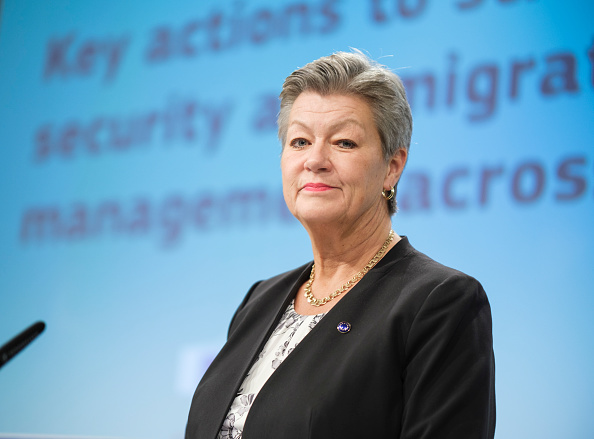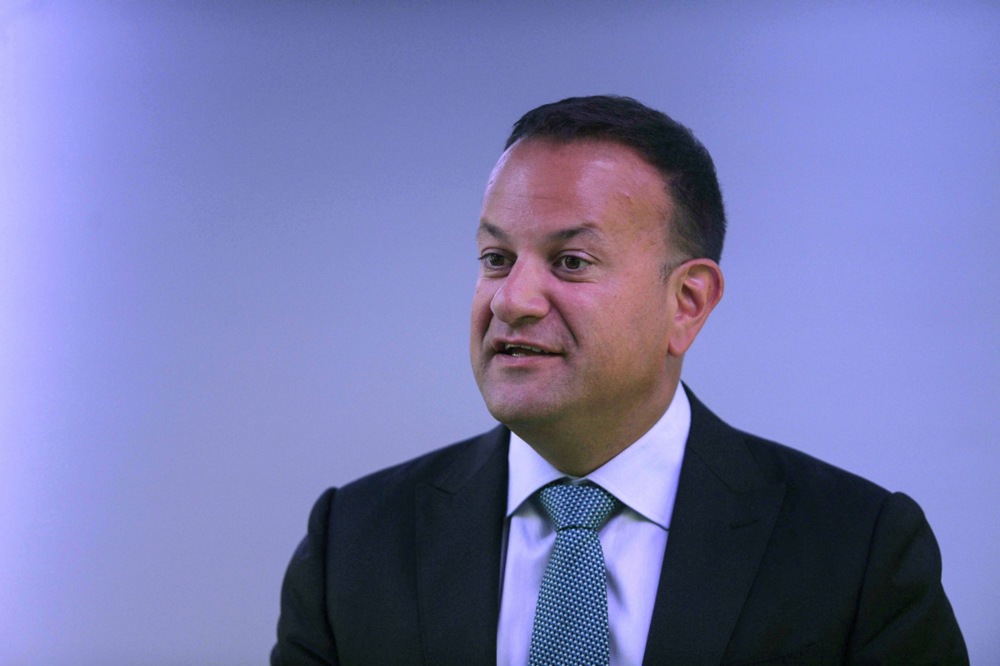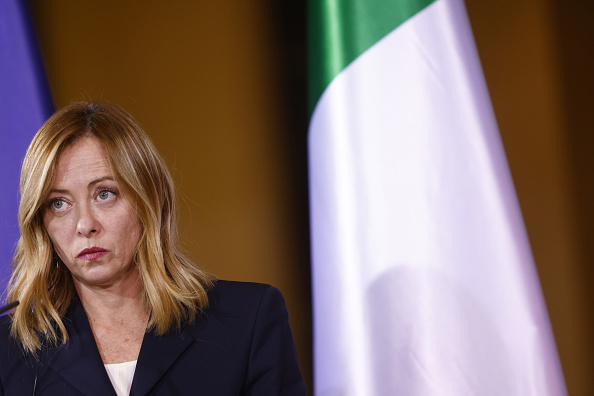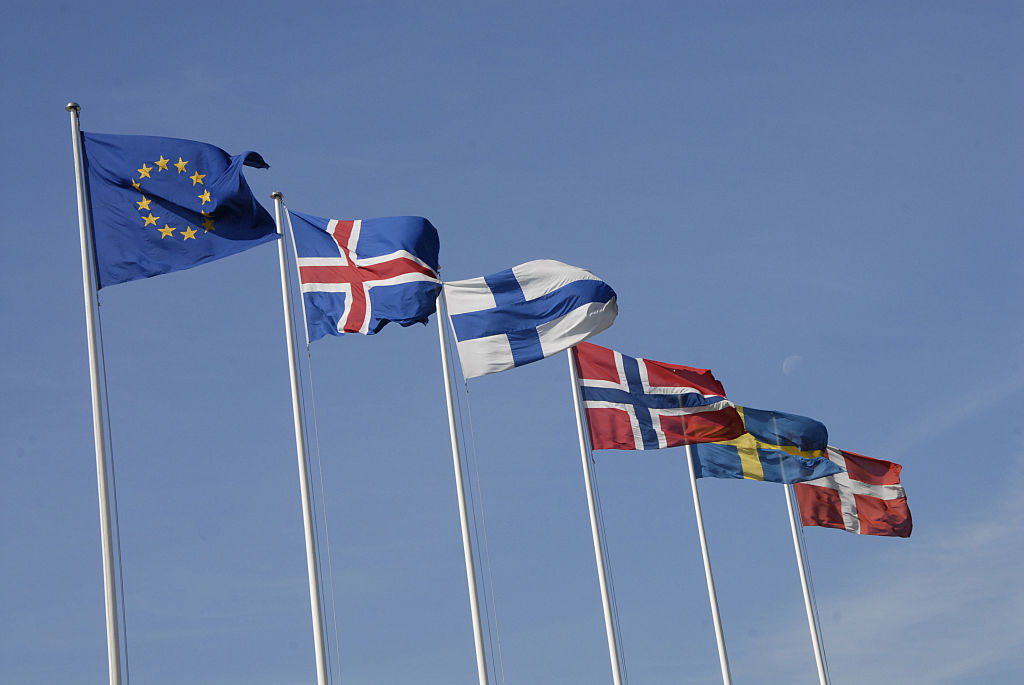Nordic Governments agreed at a Copenhagen summit to co-operate more on returning migrants to their countries of origin, especially rejected asylum seekers.
Under the new agreement, Denmark, Finland, Iceland, Norway and Sweden will operate joint return flights sending migrants who do not have a legal right to remain back to their countries of origin. They will be put on flights from one of the five countries, organised by Frontex, the European Union’s border agency.
They will also support reintegration projects for migrants who return to their countries of origin. In a third measure, the countries will work with the International Organisation for Migration to help irregular migrants stranded in North Africa return to their countries of origin.
Nordic policymakers’ tighter focus on migration follows the Brussels shooting of two Swedish nationals by a rejected asylum seeker on October 17.
That attack has led Stockholm and other neighbouring countries to reconsider how successful they are in assimilating immigrants and returning failed asylum seekers.
Right-wing parties in the region are, at the same time, constrained by an apparent desire to not seem insufficiently supportive of Ukrainian refugees fleeing the war with Russia.
Among those nations, Denmark had already sought to tighten its policy on migrants, Emma Barnhøj Jeppesen, curator at the Migration Museum of Denmark, told Brussels Signal.
Since 2015, Denmark “has tightened immigration regulations multiple times, and in 2019, the Danish Parliament passed a so-called ‘paradigm shift’ bill”, she said.
This Danish “paradigm shift” based all subsequent policies on the assumption that migrants should only be in Denmark temporarily and return to their countries of origin as soon as possible, Barnhøj Jeppesen said.
Thus, from Denmark’s perspective, the move is “in line with the immigration policies that have been introduced within the last five years or so – making Denmark kind of a Scandinavian hardliner on immigration, especially compared to Sweden”, she said.
The Danish model, which initially marked the country out as an anti-immigration outlier, has increasingly gained traction with Denmark’s neighbours.
In June, Finland’s new Government said it would cut refugee quotas and make it more difficult for foreigners to become citizens.
“It doesn’t really come as a surprise to me that the Nordic Governments have joined forces to expand co-operation on return migration,” Jeppesen added.
Andrea Ruiz Tarín, a migration researcher at the University of Copenhagen agreed. For Denmark, as well as other Nordic nations, the current anti-migrant sentiment is “the perfect excuse to keep bringing forward a proposal to reject asylum seekers looking for protection in the EU that has been on the table for many years now”, she said.
The number of EU returnees in the second quarter of 2023, some 26,600, is small compared to the surge in asylum applications and irregular migrants. There have been 160,139 irregular arrivals so far this year, the EU says. This suggests the number of migrants who are returned will be significantly lower compared with new arrivals.
Of the migrants Frontex returned to their countries of origin last year, 40 per cent returned voluntarily.
Jan-Paul Brekke, a sociology professor studying migration at the Institute for Social Research in Oslo, said another complicating factor was that public debate on refugees across the Nordic region is still “dominated by the situation in Ukraine”.
Ukrainian refugees “far outnumber asylum arrivals in the region”, he said. Norway currently has 4,200 asylum seekers compared with 37,000 Ukrainian refugees, its Government estimates.
This number of Ukrainian arrivals means “the political Right (as almost everyone else) does not want to appear as not being in solidarity with Ukrainian refugees, and thus, Ukraine”, he added.
In addition, the 2015 migrant crisis had a significant impact in the Nordics, too, Brekke said.
“Finland closing its border to Russia … and Norway moving in the same direction was a stark reminder of that period,” he said.
Recalling 2015 will likely make it easier for policymakers and gain the region’s public support in efforts to try to crack down on immigration in 2023, it is claimed.





